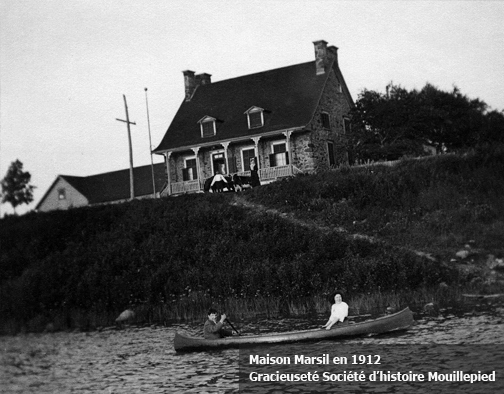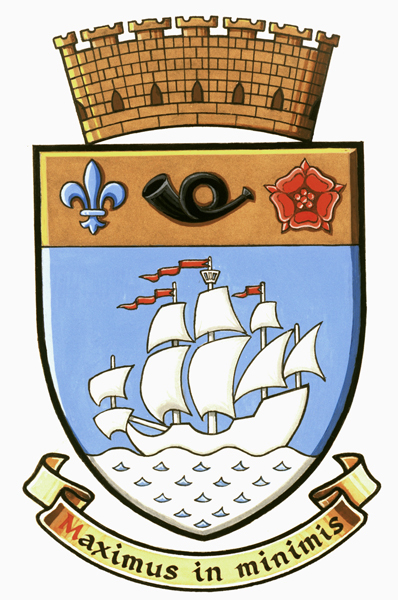Overview of the city
A true garden paradise with an urban forest much in evidence, Saint-Lambert features an enchanting setting and a beautiful place to live where individuals and families can find fulfillment. Thanks to the special character and charm of each of its neighbourhoods, Saint-Lambert is able to offer a choice of lifestyle and style of housing to satisfy all tastes.
Saint-Lambert is a mature city whose land is nearly fully developed, mainly because there is so little vacant land available. Essentially a residential city, dwellings represent 95% of all the buildings on its territory, and 57% of these are single-family dwellings.
A portrait of our cultural heritage and identity
Through a cooperative approach, the Conférence régionale des élus de l’agglomération de Longueuil (CRÉ), Ministère de la Culture et des Communications (MCC) and the Forum jeunesse Longueuil, in collaboration with the Conseil montérégien de la culture et des communications (CMCC), sought to use a cooperative approach to identify and showcase the heritage identity features of the five municipalities within the Agglomeration.
The first part of this mandate involved compiling, enhancing and documenting the information available on the distinctive heritage identity features of the territory. In 2015, this exercise led to the development of five portraits characterizing the different municipalities in the Agglomeration.
Overview of the municipal organization
The Ville de Saint-Lambert’s organizational structure is comprised of City Council, composed of a mayor and eight councillors, and the municipal departments. Five offices, which are overseen by the city manager, work together with approximately twenty departments to plan and provide municipal services for the population.
The City is supported by over 165 talented and knowledgeable employees. During the summer, day camps, swimming pools, and student jobs swell the ranks of the municipal team by approximately 90 people. For a list of the various municipal departments and their contact persons, visit the directory.
History
Saint-Lambert is essentially a residential city. For generations, daily life has reflected a tradition of following a balanced lifestyle. If you ask residents why they live in Saint-Lambert, the answer will inevitably include words such as charm, convenience, safety and security, and rich community life. Discover how Saint-Lambert's history shaped the city of today.
Coat-of-Arms
The Ville de Saint-Lambert took advantage of its 150th anniversary in 2007 to officially repatriate its coat-of-arms. Part of it appears in the City’s logo and on its flag.


